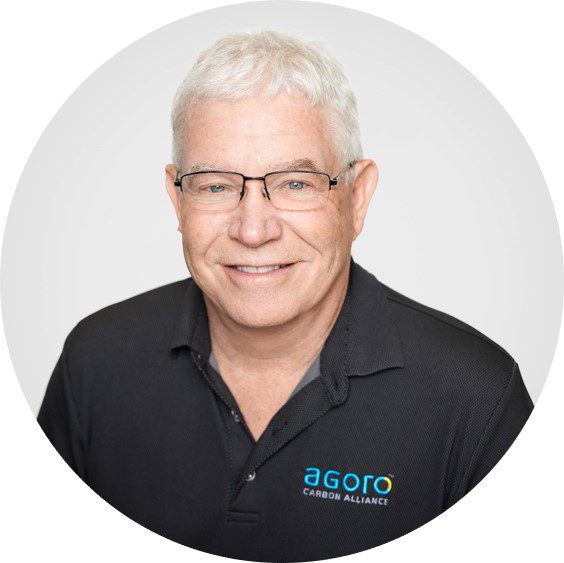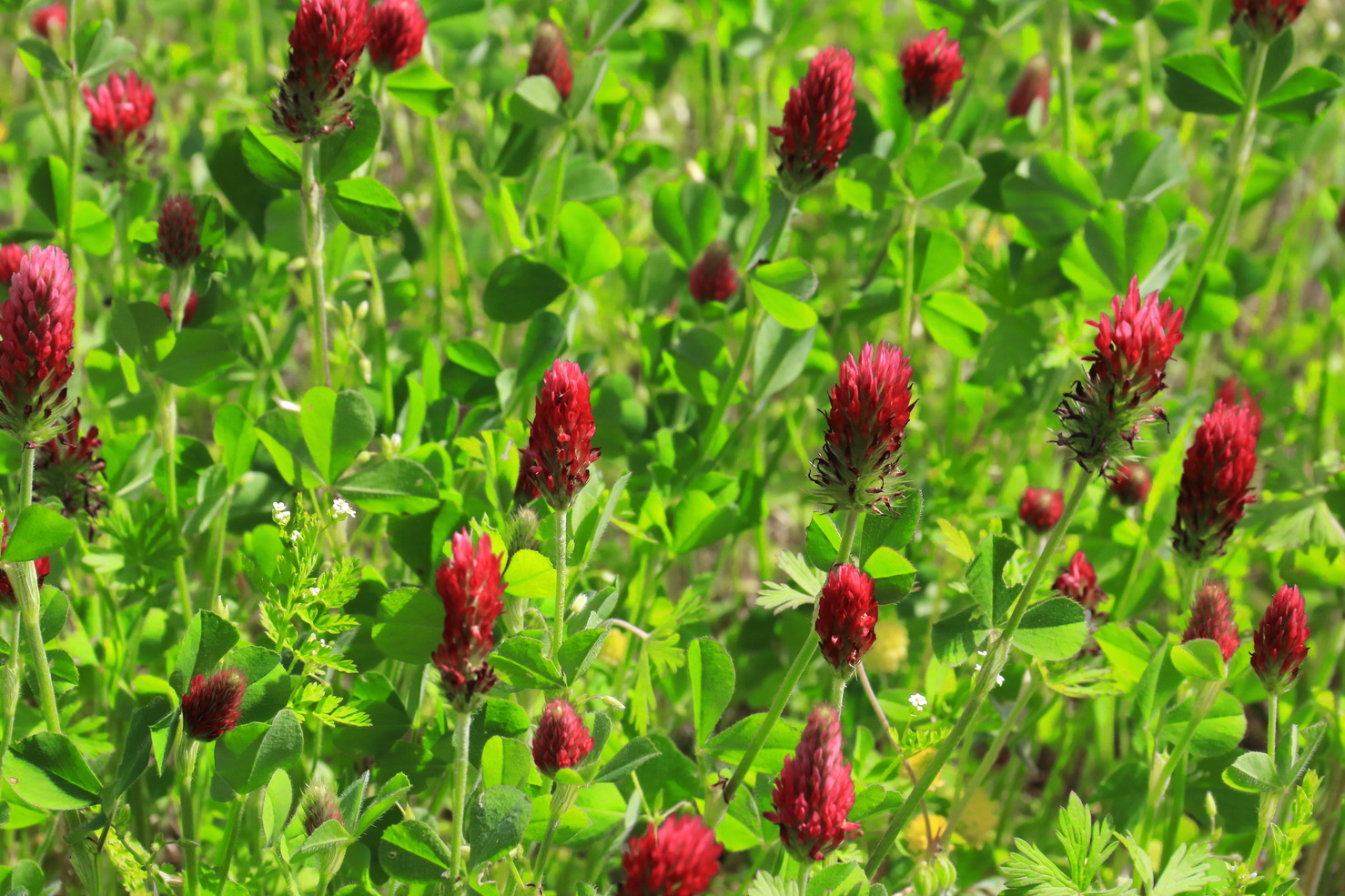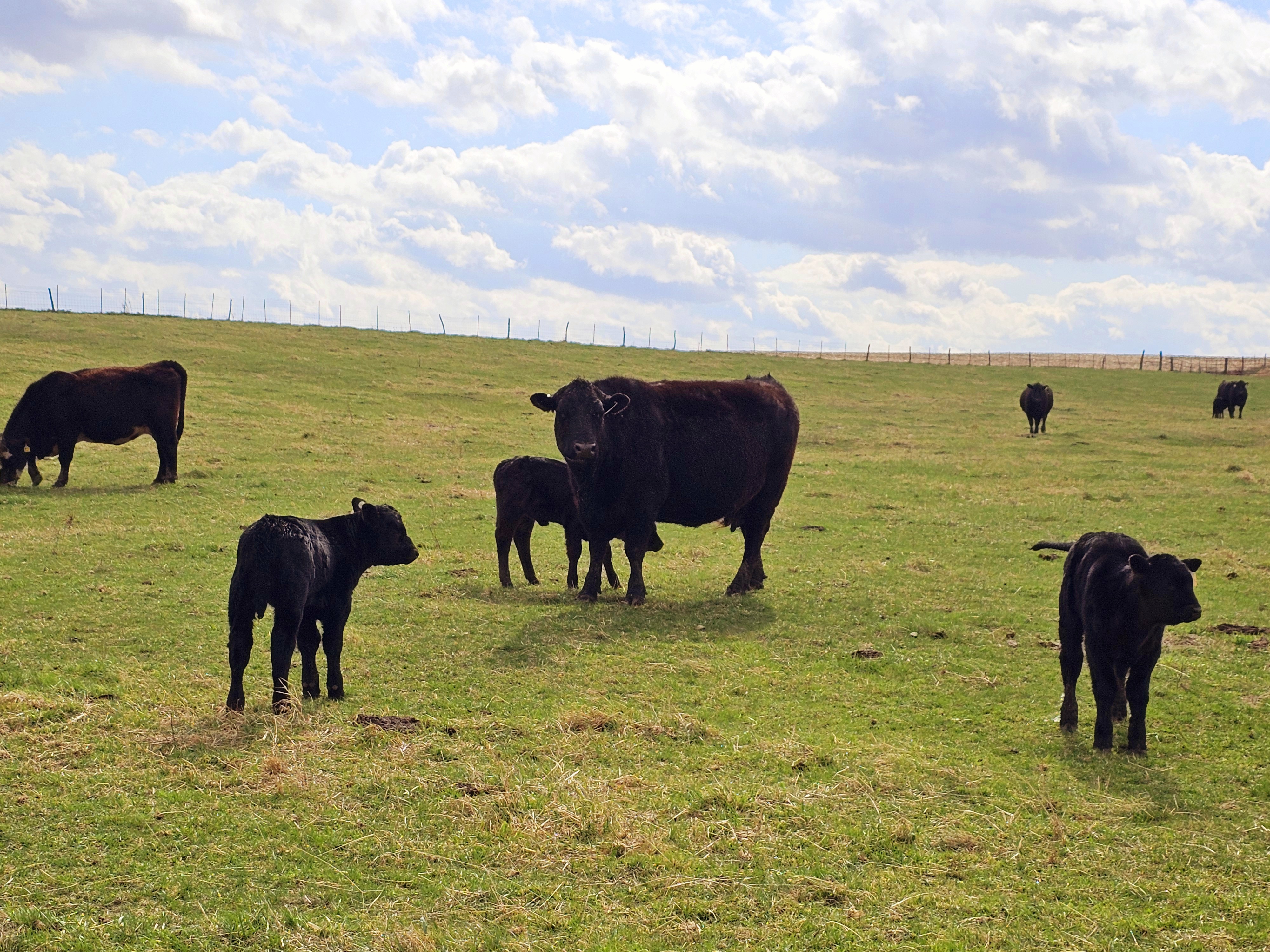Minimizing the loss of topsoil on US croplands and rangelands, whether due to wind or water soil erosion, is key to sustaining the economic vitality and future productivity potential of US food production systems. Agricultural practices beginning in the mid-1800s (i.e. excessive tillage on cropland and grassland mismanagement) have eroded significant amounts of topsoil from our agricultural landscapes, the rich upper layer of soil that crops and forages need to grow.
Why Soil Erosion Matters
Assessing the economic impact of soil erosion on agricultural lands is difficult. Still, a recent study by Thaler et al., (2021) suggests that soil erosion (primarily due to tillage) in the US Corn Belt causes nearly $3 billion in annual crop yield losses. This doesn’t include the loss of nutrients and soil carbon due to erosion which reduces the future productivity of these fields. Soil carbon or organic matter is critical to maintaining soil health and resiliency of our farms and ranches to water stress. For example, a study by Kane et al., (2021) showed that soil organic matter protects corn yields and lowers insurance payments under drought conditions. A summary of their work indicated that under severe drought, an increase of 1% in soil organic matter was associated with a yield increase of around 33 bu/acre and around a 36% reduction in insurance payments. Data on the impact of soil erosion on grassland productivity is more scarce. However, Weltz et al., (2014) estimate that 23% to 29% of U.S. non-federal rangelands are vulnerable to accelerated soil loss, resulting in reduced forage production.
Methods for Reducing Its Effects
While past land management practices have resulted in significant erosion and degradation of our vital agricultural soil resources, there is a great opportunity to reverse these trends via regenerative farming and grassland management practices. For example, Kwang et al., 2023 have suggested that costly erosion on cropland could essentially be halted if farmers adopted more sustainable “no-till” or “low-till” practices (see image depicting effects of no-till on soil erosion). Adding cover crops as an additional practice would not only halt but reverse the process of soil erosion, because it provides additional soil protection, sequesters soil carbon, and increases water infiltration rates thus reducing erosion-causing runoff (Basche and DeLonge, 2019). Likewise, regenerative grassland management practices like rotational grazing and adding diverse species show great promise for restoring degraded grasslands, while reducing erosion through increased ground cover and reduced disturbance due to appropriate grazing management (Bai and Cotfuro, 2022).

Image Source: https://nrcs.usda.gov/sites/default/files/2022-11/NRCS-SD-2015-CroppingSystemsInventory.pdf
How Agoro Carbon Can Help Restore Eroded and Degraded Soils
Agoro Carbon partners with farmers and ranchers to capture value from the ag carbon market by incentivizing them to implement practice changes on their operation that sequester more soil organic carbon (SOC). The SOC captured by these practices can in turn be sold as carbon credits on the voluntary carbon markets and provide revenue to help finance the implementation of the practices. As has already been stated, increased SOC has the potential to restore the productivity potential of degraded crop and pasture fields, providing agronomic benefits that increase economic returns on these fields. When combined with the revenue generated from carbon credit sales, these agronomic benefits can add significant profit potential to an operation.




